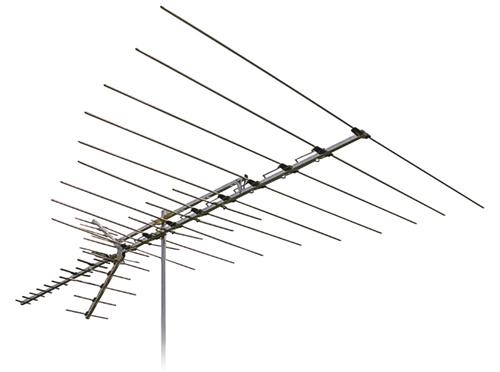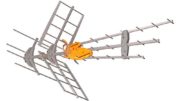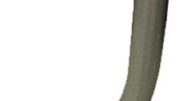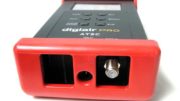VHF-Low, or as regular people call it, TV channels 2-6, used to be prime real estate for TV watchers. All the good channels were there. It’s where you wanted to be, whether you were the CBS channel in Los Angeles or the ABC channel in Philadelphia. Back in the 20th century, you really wanted a low channel number. A lot of folks didn’t want to use a different knob to watch channels 14-83. And, they didn’t.
After the digital transition in 2009, VHF-Low became a little bit of a problem. See, we were all told that stations would stop broadcasting in VHF and that we could all have these little petite antennas that would be easier to put up and work with our condo board rules. It didn’t work out that way.
The problem with pride
Station owners took a lot of pride in their old-school channel numbers, not realizing that people could and would adapt. The government even baked in a system called PSIP after station owners complained that they didn’t want to be on channel 36. PSIP lets you tune to channel 4 using your remote but the TV silently tunes to channel 36 for you if it needs to.
Apparently that still wasn’t enough. Some really big names out there kept their original channel assignments after 2009 and that means that in some of the country’s largest cities you need a VHF antenna. What’s more in some cities like Philadelphia you need a VHF-Low antenna.
What’s so special about VHF-Low?
VHF-Low shouldn’t be a bad thing, except in order to get those low frequencies below 88MHz you need a BIG antenna. That’s because the lower the frequency the longer the actual broadcast wave, and the longer the “wavelength” the longer an antenna needs to be to get it. A proper antenna for channels 2-6 has to be well over six feet long, while an antenna for channel 36 only needs to be under one foot. Seems like a raw deal for consumers, but what can you do.
Initially, there weren’t a lot of channels in that VHF-Low space. However, as time went on, another consideration came into play. See, back when digital television was first proposed in the early 2000s, practically no one used data on their phones. Those who did used a very small about of it. By 2015, though, everyone used a lot of data on their phones. That data traveled wirelessly, of course. And so, there needed to be radio frequencies to carry that data.
So, the FCC came up with an idea. They shrank the pool of available TV channels. Today, TV broadcasts only take place on channels 2-35. That’s enough for most cities to have all the TV channels they need. Except it isn’t. Large cities like New York and Los Angeles have a lot of broadcasters, and you need to account for neighboring areas. If you’re in Detroit, you can’t share any channel numbers with people in Ann Arbor, for example.
There’s also the test broadcasts of ATSC 3.0, the proposed next broadcast standard. Those take up broadcast channels as well, even though you can’t receiver those broadcasts.
The result is that since 2019, there are now more broadcasters using channels 2-6 than any other time since 2009.
Why can’t you just put cell phone data down on channel 2-6?
VHF-Low isn’t a very good channel range for cellular communication. Remember in order to use these frequencies effectively you need a large antenna. You wouldn’t want your cell phone to have a three foot long antenna, would you? In order to get channel 2 really effectively, you need one about seven feet long. Is that really what you want on your phone? That’s why cell signals are up on higher frequencies, where you can use tiny antennas.
It’s not as bad as it sounds though.
Most of the broadcasters who moved down to low-numbered channels aren’t “the big networks.” They are more likely to be foreign language or public interest programs. In other words, even if your local market has a couple of channels in VHF-Low, you may not care. It’s up to you.
If you want to know what your options are, call the experts at Solid Signal! They’ll review the channels available in your local area and recommend the best antenna for you. They’ll also help you decide if you really need those channels in the VHF-Low range. If you don’t, you could potentially save space and money and use a smaller antenna. Call us at 888-233-7563. If it’s after hours, fill out the form below. We’ll get right back to you!





